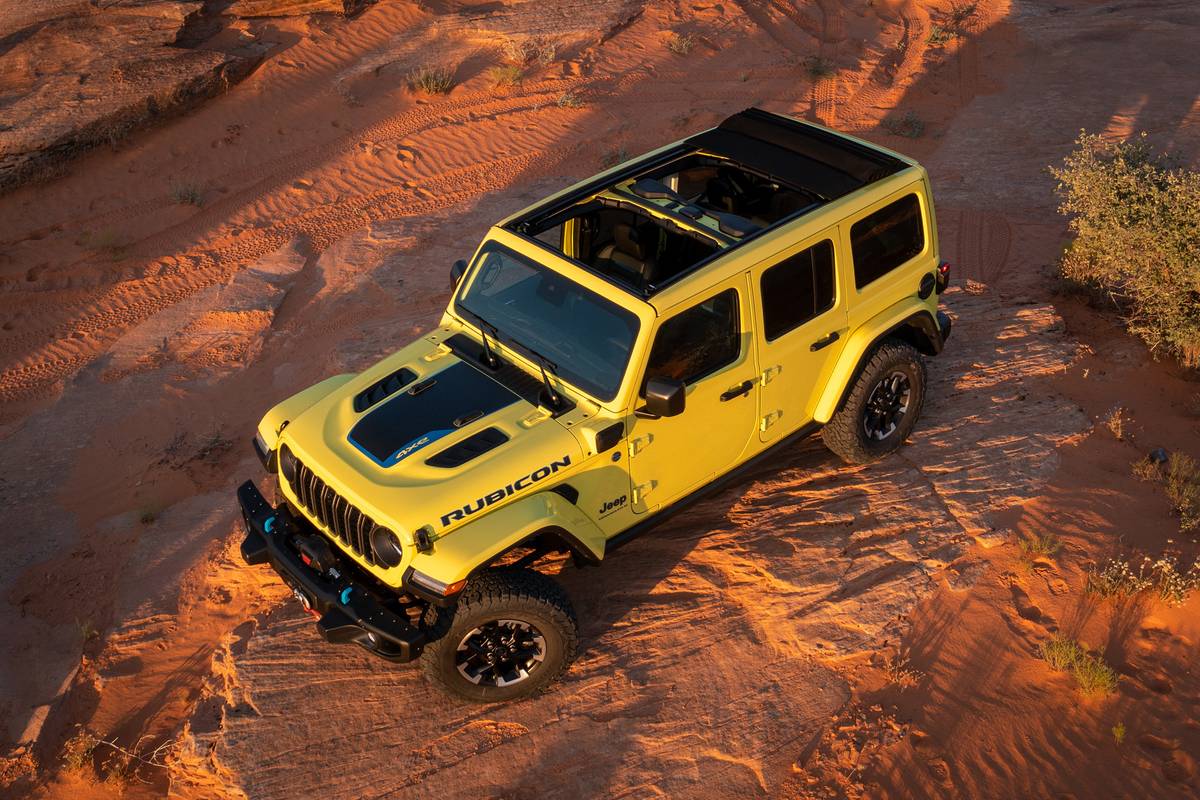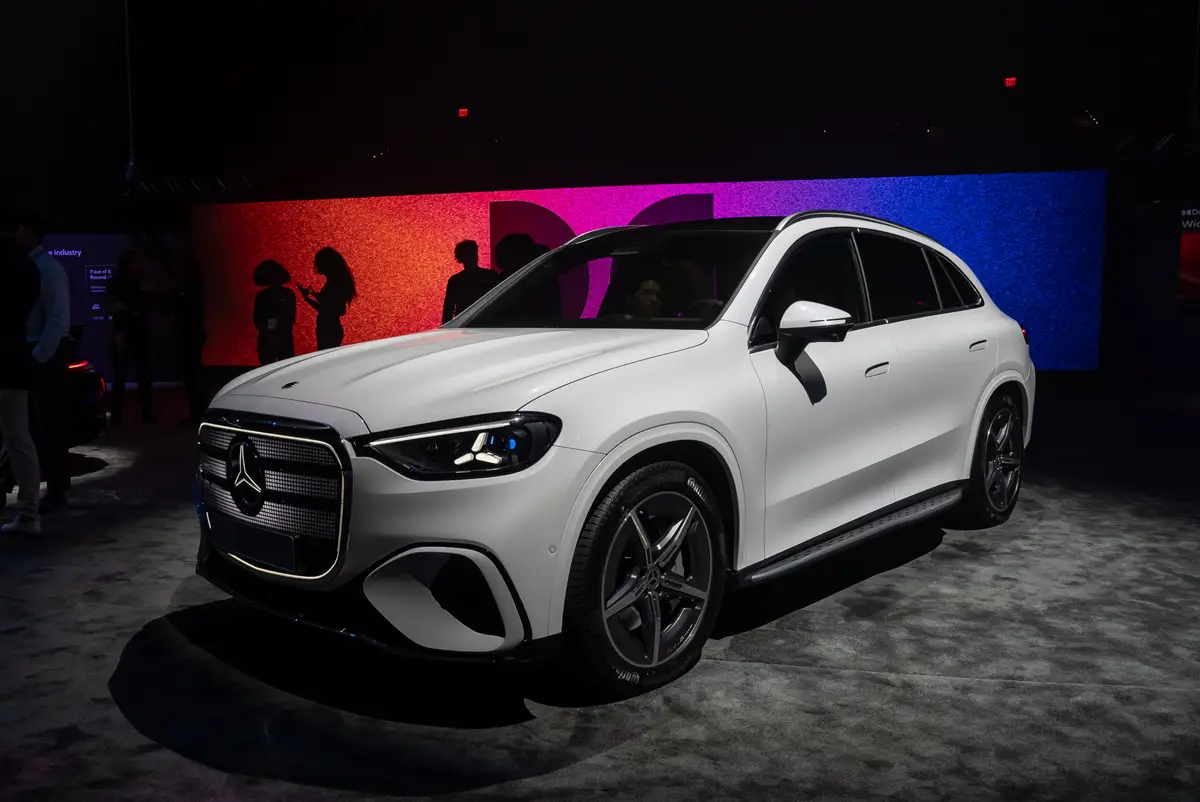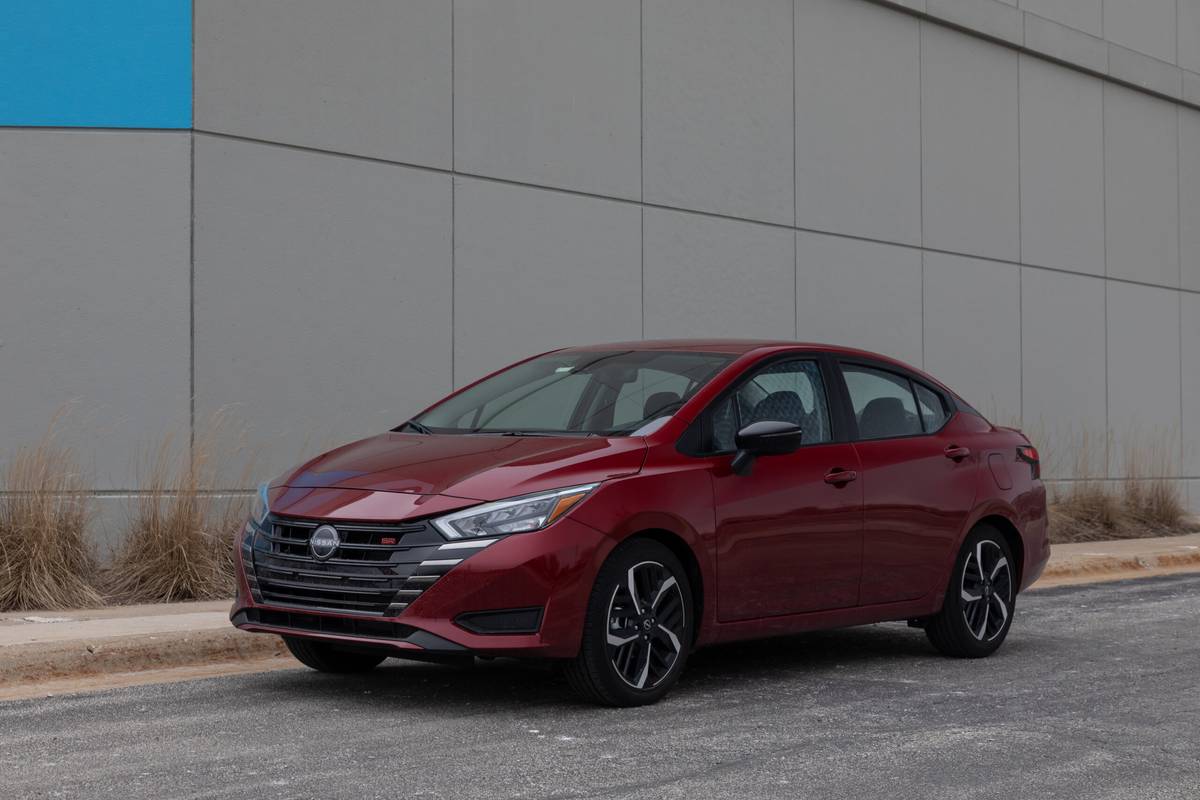Star-Telegram.com's view
New doesn’t always equate to better, but it certainly does in the case of the revised Isuzu Amigo,
Isuzu revived this two-door, half-soft-top sport-utility vehicle for 1998, redesigning it so that virtually nothing remains of the previous model, which was discontinued after the 1994 model year.
What we have today is so much better than its predecessor that Isuzu probably should have chosen a new name, too. The previous model, based on a rough compact-truck chassis, was too cramped for passenger comfort, too anemic for sustained interstate cruising, and too bouncy for either on- or off-road driving. In short, it was a rather crude attempt at building a Jeep Wrangler alternative, and its only redeeming values were its beefy styling and low price — about $13,000.
The new Amigo overcomes the problems of the older one, primarily because it’s a shortened, two-door version of Isuzu’s excellent four-door Rodeo sport-utility wagon, which also was completely redesigned for 1998.
And if you still want cheap, you can get a basic two-wheel-drive, 130-horsepower four- cylinder Amigo model with no luxury amenities (such as air-conditioning and power windows) for about $15,000 — not much higher than the original and a much better vehicle.
But if you want the best package, including four-wheel drive and a beast of a V-6 engine (cranking out a whopping 205 horsepower and 214 foot-pounds of torque), you’ll have to pay close to the $24,007 sticker of our test vehicle.
Fifteen inches were chopped from the Rodeo’s length to make the new Amigo.
The soft top covers the rear third of the vehicle, while the rest of the roof is hard. There is a removable sun roof over the driver and front passenger, however, so with that and the soft top taken off, the Amigo is almost a convertible.
For 1999, Isuzu is making a hard-top version available. The top is technically removable, but is best left in place. It is not an option on the soft-top model; it’s only available as a separate model.
Only a five-speed manual transmission was offered on ’98 models, and that’s what was on our test vehicle. For 1999, however, a four-speed automatic will be available with the V-6 engine. For off-roading, the automatic is the best choice, which is why Isuzu decided to make it available as soon as possible.
On the highway, the new Amigo is a quite pleasurable cruiser, especially with the 3.2- liter V-6 engine. There is more zip here than in the competing Wrangler 4.0-liter six-cylinder, and handling is much more carlike than the Wrangler’s.
The front double-wishbone and rear five-link suspension system gives the Amigo a really smooth ride. Inside, there is lots of room for two full-size adults up front, the bucket seats are comfortable, and unlike the original Amigo, there is room to stretch the legs out.
In the rear, there is 13 inches more leg room than before, and there is room for three adults, although not three hefty adults — more like two adults and a kid, or three good-size kids. Still, this is a great improvement over its predecessor, whose rear seat was only good enough for a couple of small children or a big dog.
Off the road, the four-wheel-drive V-6 Amigo is a serious contender when matched with a stock Wrangler. There is 12 inches of ground clearance, and the fuel tank and radiator are protected underneath by galvanized steel plates.
Unlike before, the four-wheel-drive system engages electronically with the touch of a dashboard button, and the hubs lock automatically. That means you don’t have to get out of the vehicle and turn the hub locks manually. As most avid off-roaders know, that gets tiresome when you have to do it after you get stuck in the mud.
The Amigo has a two-speed transfer case for shifting into low range to climb or descend steep hills or to make it through rough spots, something that competing compact sport utilities such the Toyota RAV4 and Honda CR-V don’t offer. The transfer case is operated by a shift lever in the center floor console next to the gear shift.
While the four-cylinder engine might be suitable for basic driving, I heartily recommend the V-6, which is available only in four-wheel-drive models. This 24-valve, four-cam powerplant makes a huge difference in the Amigo’s on- and off-road performance, but it’s almost essential for cross-country cruising at highway speeds.
I have only a few minor complaints about the Amigo. The soft top has side and rear windows that unzip from the outside, making anything left inside the vehicle easy prey for thieves; side-rear visibility is limited by the large “C” pillars, those panels just to the front of the removable soft top; and the silly little center-high-mounted rear stop lamp sticks up just behind the spare tire on the swing-out tailgate, limiting the driver’s view to the rear. The thing looks like the head of “E.T” (the Extraterrestrial) when seen through the rearview mirror (in fairness, this same E.T. head appears on the Toyota RAV4, too). Also, the vehicle picks up some wind and road noise through the soft top, which is to be expected; I would recommend the hard top for both added security and lessened noise.
The tailgate swings out to the left, carrying the spare tire with it, a convenient feature to better facilitate loading and unloading of cargo. The tailgate can even be opened with the soft top in place.
The four-wheel-drive model with V-6 engine and five-speed manual transmission lists for $19,398 plus $495 transportation. The Amigo and the Rodeo are built at the Isuzu/Subaru factory in Indiana.
Standard features for that price include power-assisted four-wheel anti lock disc brakes, speed-sensitive power rack-and-pinion steering, stainless-steel exhaust system, dual front air bags, dual outside mirrors, reclining front bucket seats, fold-down rear seat (that increases cargo space to more than 60 cubic feet), floor carpeting, cloth seats, center console, tilt-up and removable sun roof, tinted windows, mud flaps and a full-size spare tire.
For $2,300 extra, our test vehicle came with a preferred-equipment package that added air-conditioning, cruise control, tilt steering, power windows and door locks, variable intermittent front wipers, keyless remote entry with alarm, AM/FM/cassette stereo with six speakers, cargo net, and courtesy lamps.
Other extras included six-disc in-dash compact-disc changer ($650), limited-slip differential (essential for off-roading, $250), 16-inch alloy wheels with P245 off-road tires ($500), fog lamps ($70), fender flares ($200), and tail lamp trim ($84).
EPA fuel-economy estimates are 18 miles per gallon in the city and 21 mpg on the highway. The tank holds 17.7 gallons of fuel.
ISUZU AMIGO
THE PACKAGE: Midsize, four-door, five-passenger, four-cylinder (or optional V-6), front-drive sed an, completely restyled for 1999.
HIGHLIGHTS: Larger and roomier than the previous model; the four-cylinder engine has plenty of power but, for the first time, a V-6 is optional; the interior is comfortable, and the ride is smooth as glass.
NEGATIVES: Antilock brakes should be standard across the product line but isn’t; exterior styling is Buicklike — pleasant but uninspired.
MAJOR COMPETITORS: Honda Accord, Toyota Camry, Mazda 626, Nissan Altima, Ford Taurus/Mercury Sable, Chevrolet Lumina, Pontiac Grand Prix, Oldsmobile Intrigue, Buick Century.
EPA FUEL ECONOMY: 21 miles per gallon city, 28 highway (four-cylinder automatic).
BASE PRICE: $17,990 plus $435 transportation (four-cylinder automatic).
PRICE AS TESTED: $18,899, including transportation.
ON THE ROAD RATING: A.
Latest news



